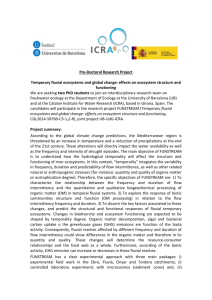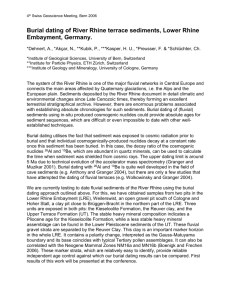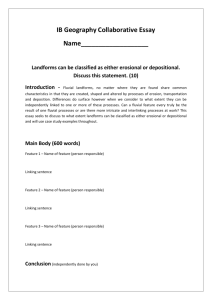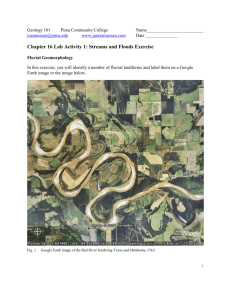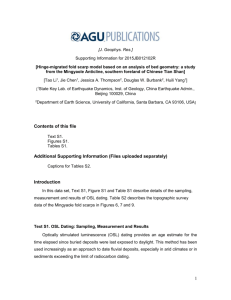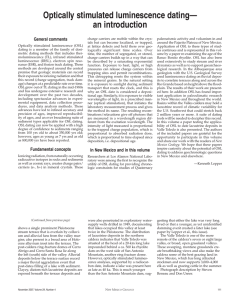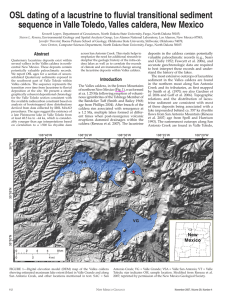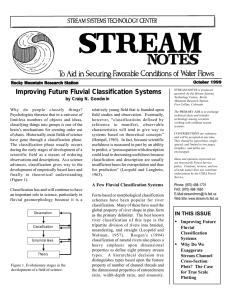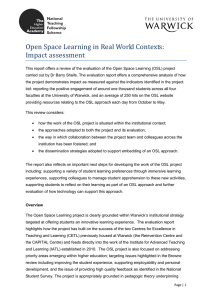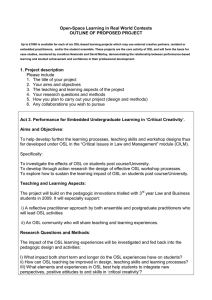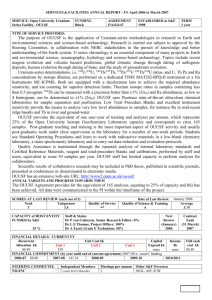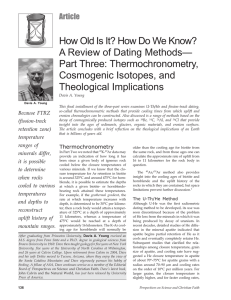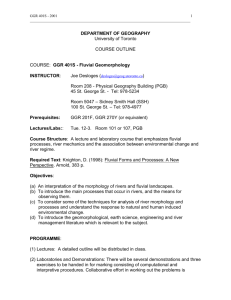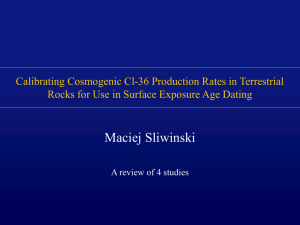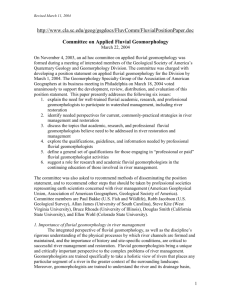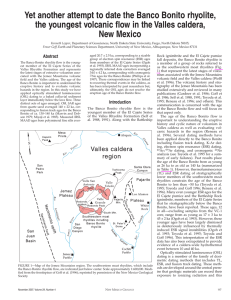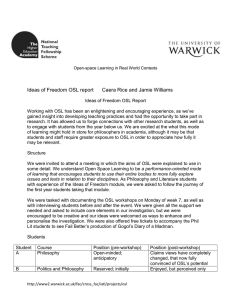Quantifying the impact of rapid base-level change on
advertisement
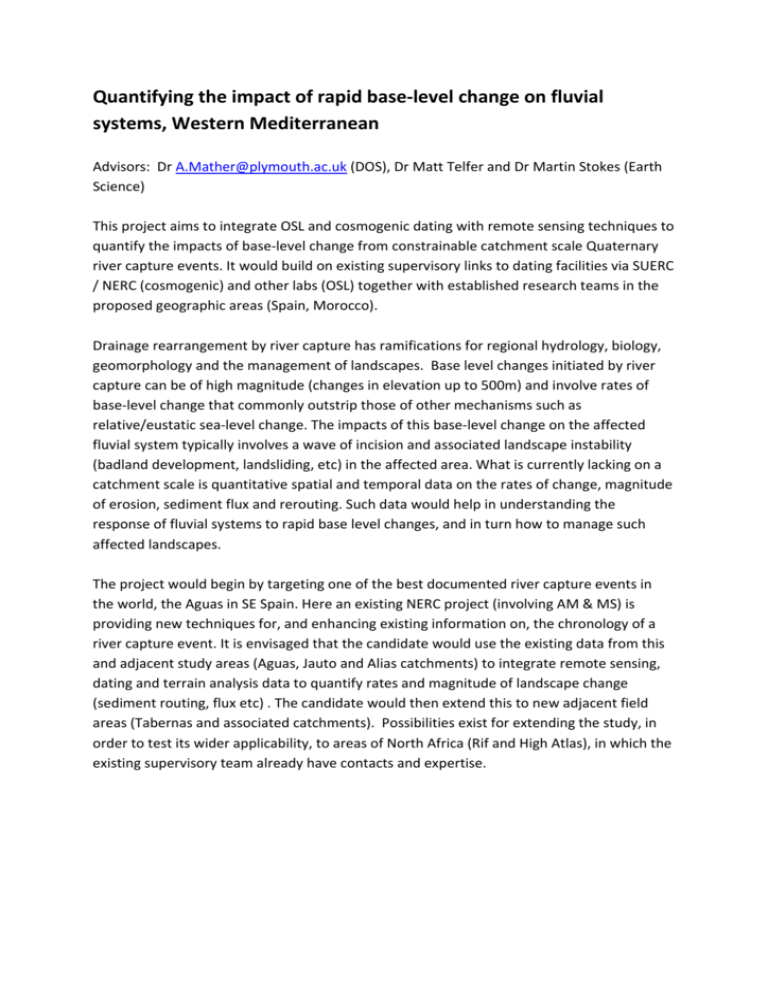
Quantifying the impact of rapid base‐level change on fluvial systems, Western Mediterranean Advisors: Dr A.Mather@plymouth.ac.uk (DOS), Dr Matt Telfer and Dr Martin Stokes (Earth Science) This project aims to integrate OSL and cosmogenic dating with remote sensing techniques to quantify the impacts of base‐level change from constrainable catchment scale Quaternary river capture events. It would build on existing supervisory links to dating facilities via SUERC / NERC (cosmogenic) and other labs (OSL) together with established research teams in the proposed geographic areas (Spain, Morocco). Drainage rearrangement by river capture has ramifications for regional hydrology, biology, geomorphology and the management of landscapes. Base level changes initiated by river capture can be of high magnitude (changes in elevation up to 500m) and involve rates of base‐level change that commonly outstrip those of other mechanisms such as relative/eustatic sea‐level change. The impacts of this base‐level change on the affected fluvial system typically involves a wave of incision and associated landscape instability (badland development, landsliding, etc) in the affected area. What is currently lacking on a catchment scale is quantitative spatial and temporal data on the rates of change, magnitude of erosion, sediment flux and rerouting. Such data would help in understanding the response of fluvial systems to rapid base level changes, and in turn how to manage such affected landscapes. The project would begin by targeting one of the best documented river capture events in the world, the Aguas in SE Spain. Here an existing NERC project (involving AM & MS) is providing new techniques for, and enhancing existing information on, the chronology of a river capture event. It is envisaged that the candidate would use the existing data from this and adjacent study areas (Aguas, Jauto and Alias catchments) to integrate remote sensing, dating and terrain analysis data to quantify rates and magnitude of landscape change (sediment routing, flux etc) . The candidate would then extend this to new adjacent field areas (Tabernas and associated catchments). Possibilities exist for extending the study, in order to test its wider applicability, to areas of North Africa (Rif and High Atlas), in which the existing supervisory team already have contacts and expertise.



